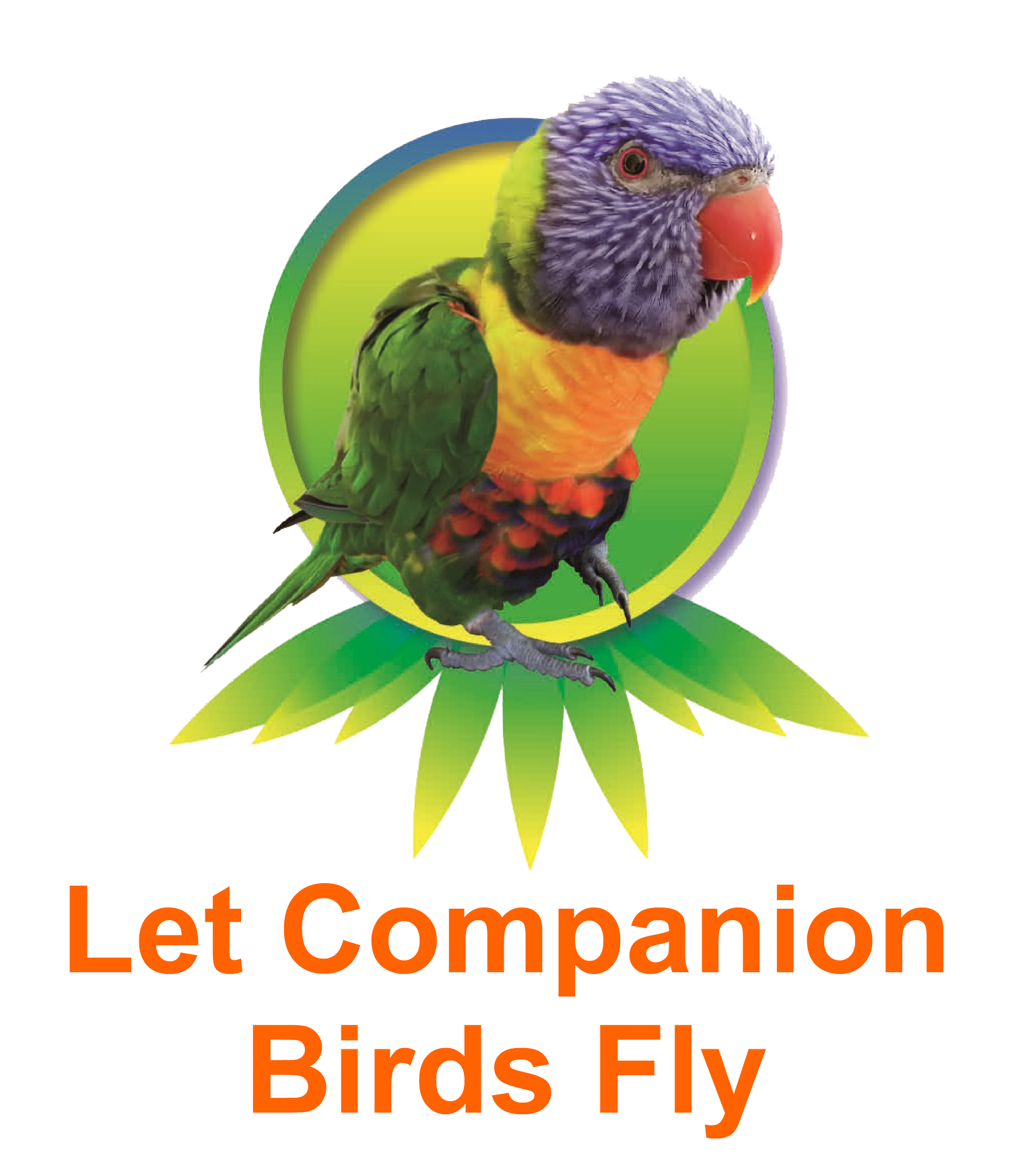Parrots and Children
From my personal experiences living with birds/parrots 24/7, I am against birds/parrots being kept as hobbies or decorations for children.
Why? Well firstly, birds are NOT toys to be played with. Right?
Look up into the trees and skies, you don’t see birds living a life as toys or as amusements for humans.
I see and hear endless stories about how parents gift their children birds, imagine that…..but then the responsibility is too much for everyone so they decide to surrender the bird/parrot.
So they have decided to reject and kick out their family member.
Imagine how the bird feels??
So if you are a competent mature adult with children and hope to share your family with a new family member- bird/parrot, please ensure that YOU as the adult have the time and resources to care for your new family yourself and only SUPERVISED around your children.
World Parrot Trust interviews Dr Susan Friedman – Parrot Behaviourist USA
The behavior-change technology called applied behavior analysis (ABA) forms the basis of my work with parrots and children. The first law of ABA, called the law of effect, describes the relation we experience every day between what we do and the environment in which we do it. That is, behavior is a function of its consequences, a purposeful tool. We behave to produce outcomes of value to us. Observing the immediate outcomes produced by our parrots’ behavior provides a lot of information about why an individual behaves as it does.
The Parrot Enrichment Activity Book Kris Porter
Parrots are like 3-5 year old children.
To investigate animals’ cognitive ability, Irene Pepperberg studied the learning behavior of Alex, an African grey parrot. Of course one of the uniquely intriguing characteristics of parrots for this type of research is that many parrots talk. Over 20 years of intensive training, representing tens of thousands of instructional hours, Alex learned to discriminate 50 object labels; 5 shapes; 7 colors; 4 materials; quantities up to 6, and the concepts same/different and bigger/ smaller. For people who thought these skills could only be mastered by humans, or at best great apes, it is a stunning demonstration of animal
learning. As described by Pepperberg, “It is incredibly fascinating to have creatures so evolutionarily separate from humans performing simple forms of the same types of complex cognitive tasks as do young children.”


